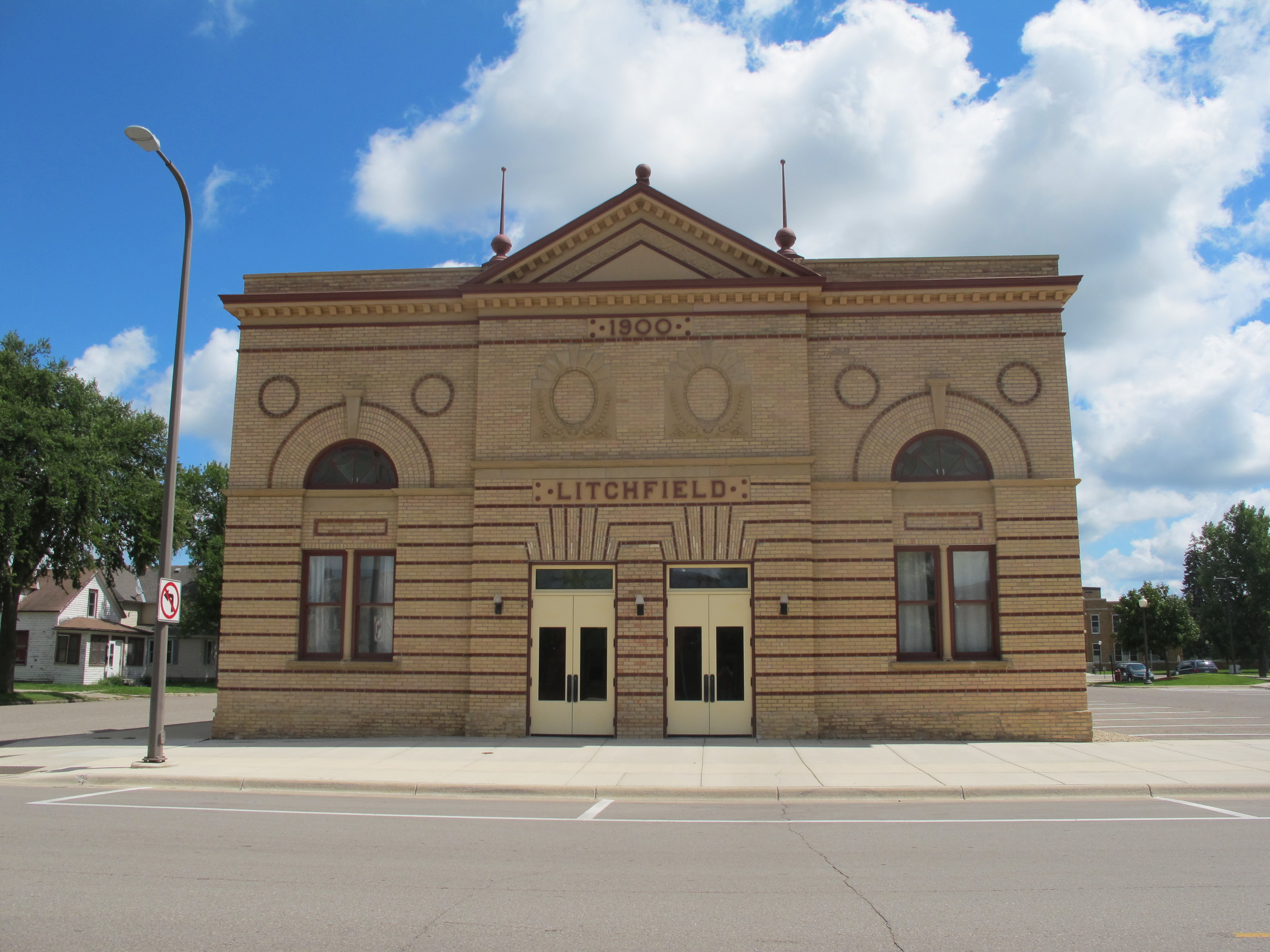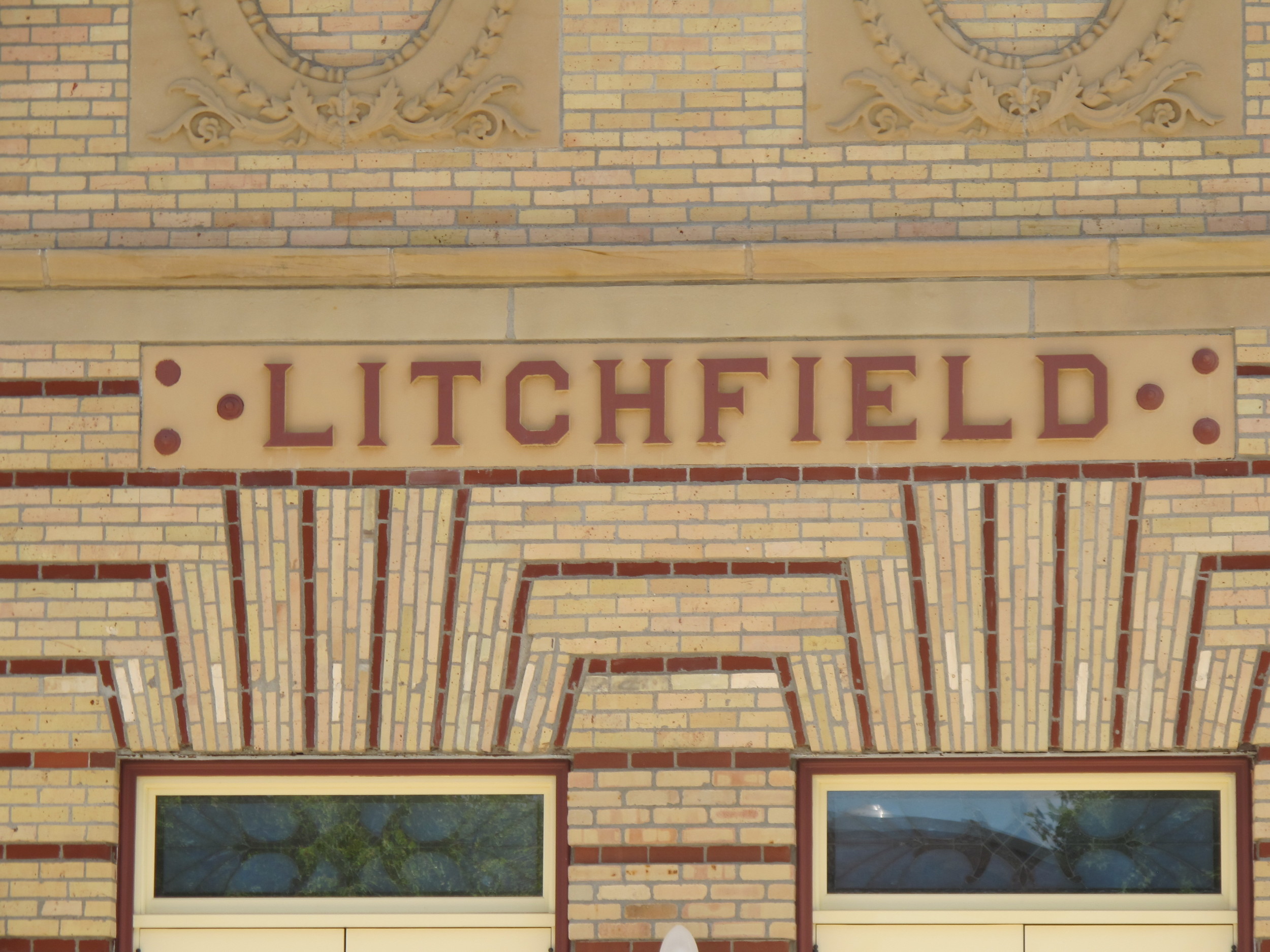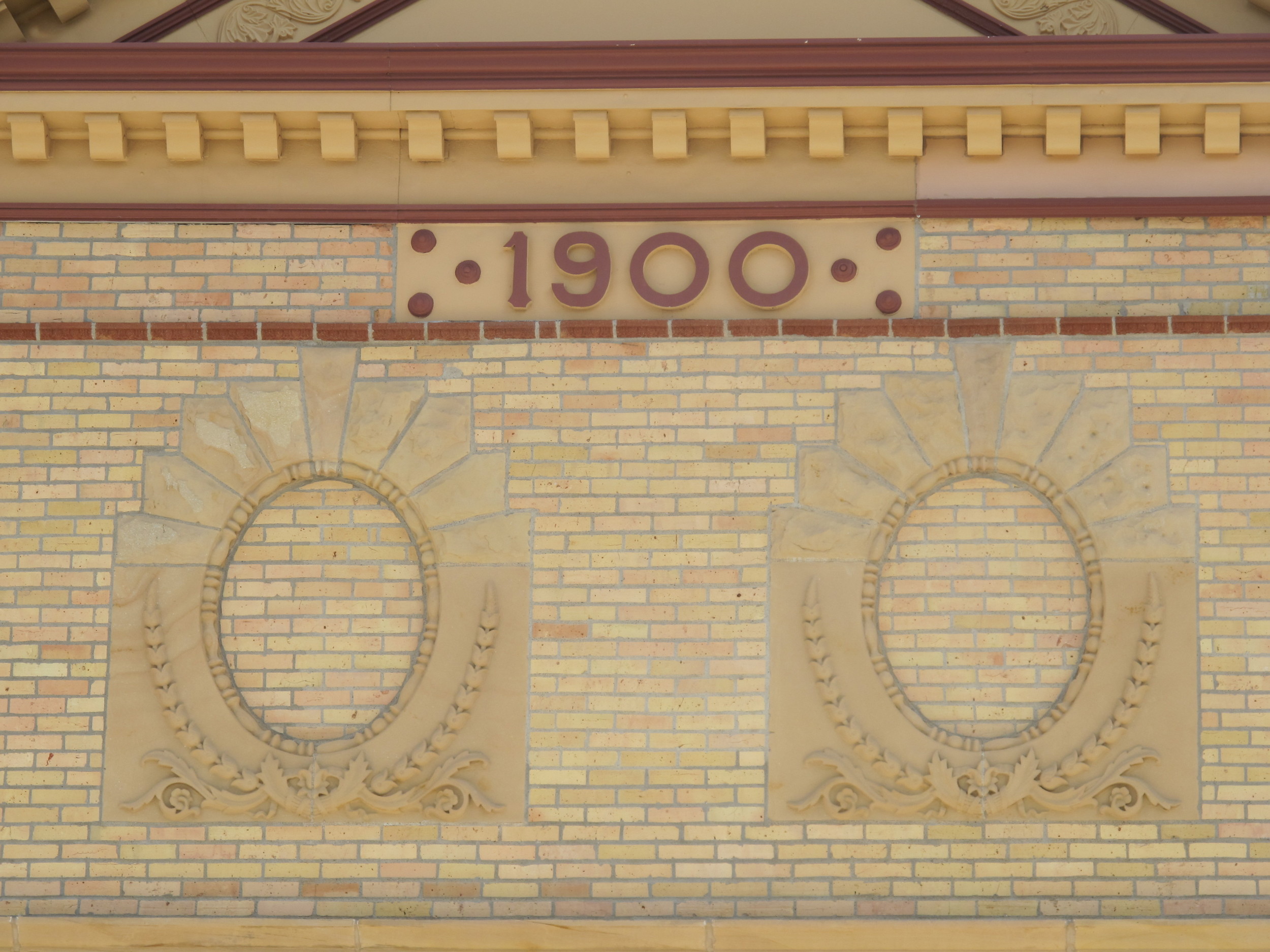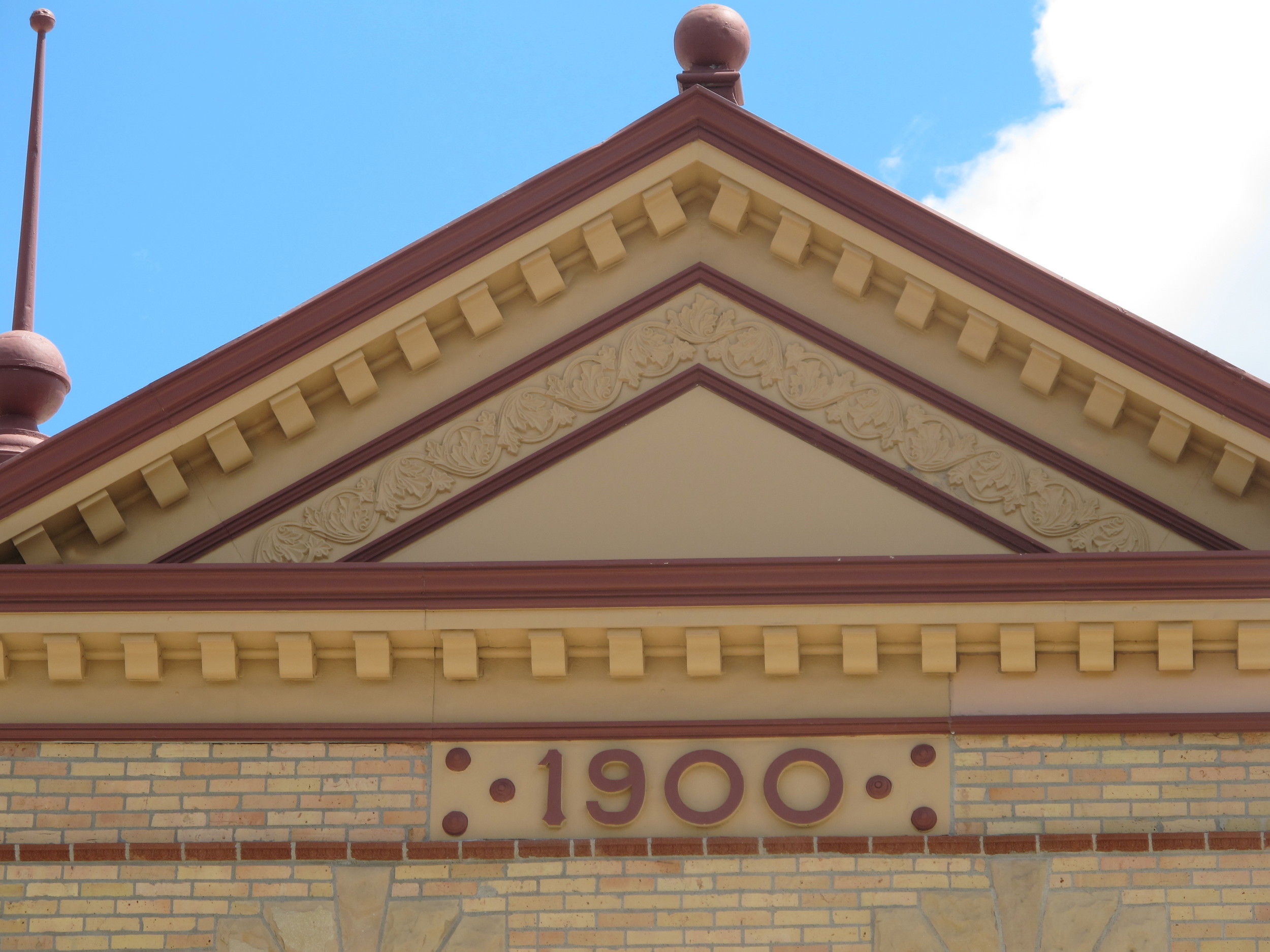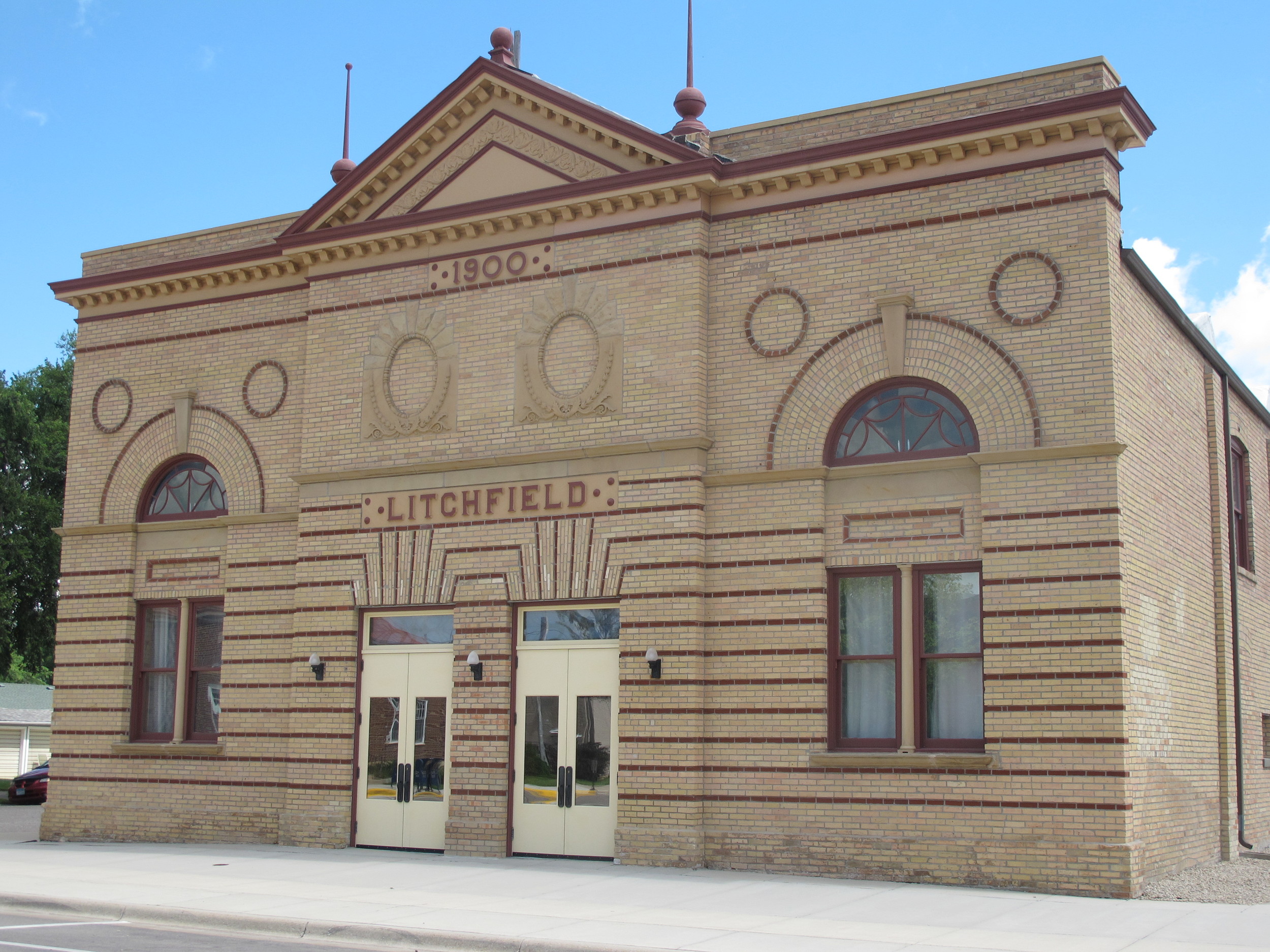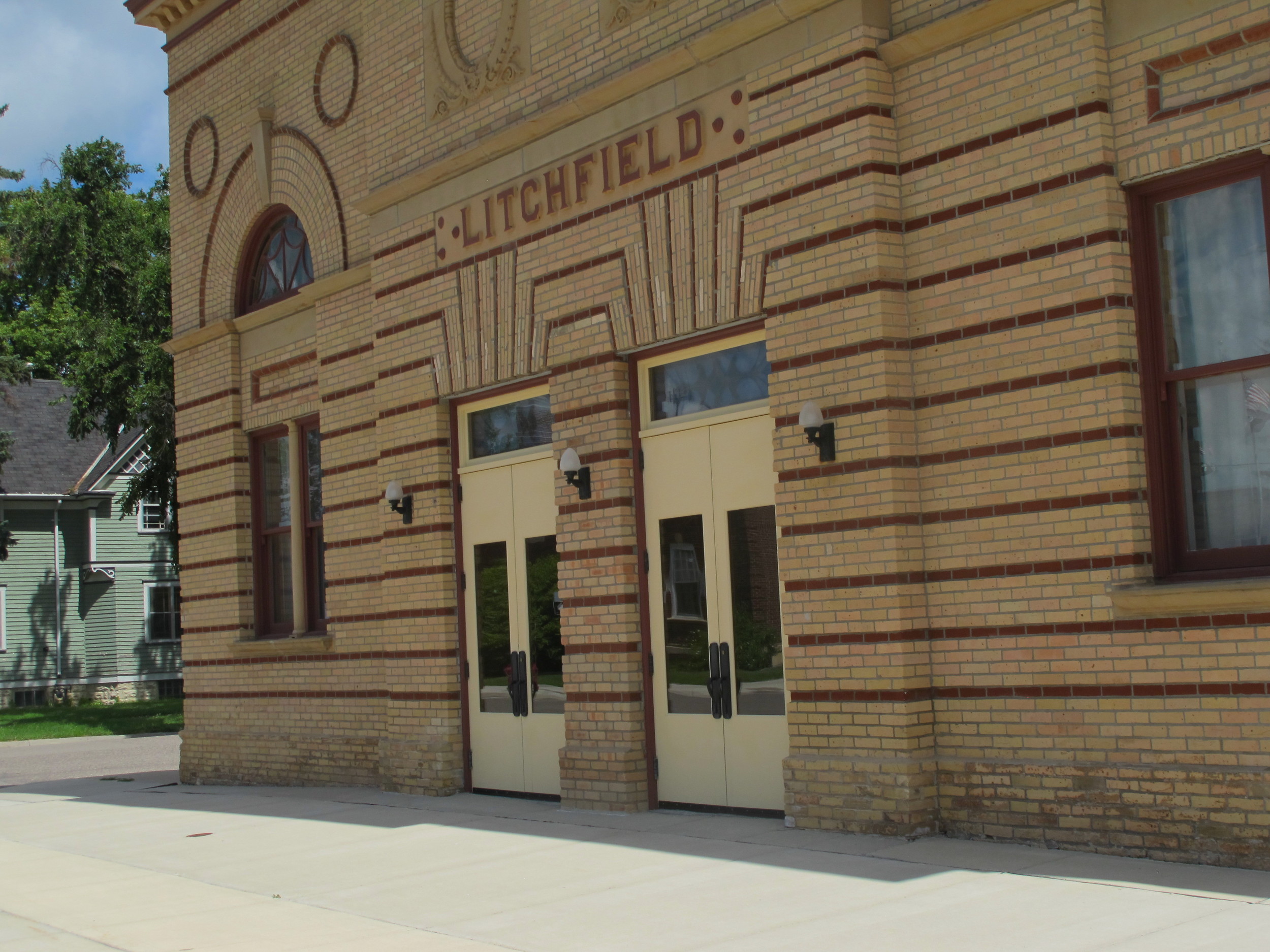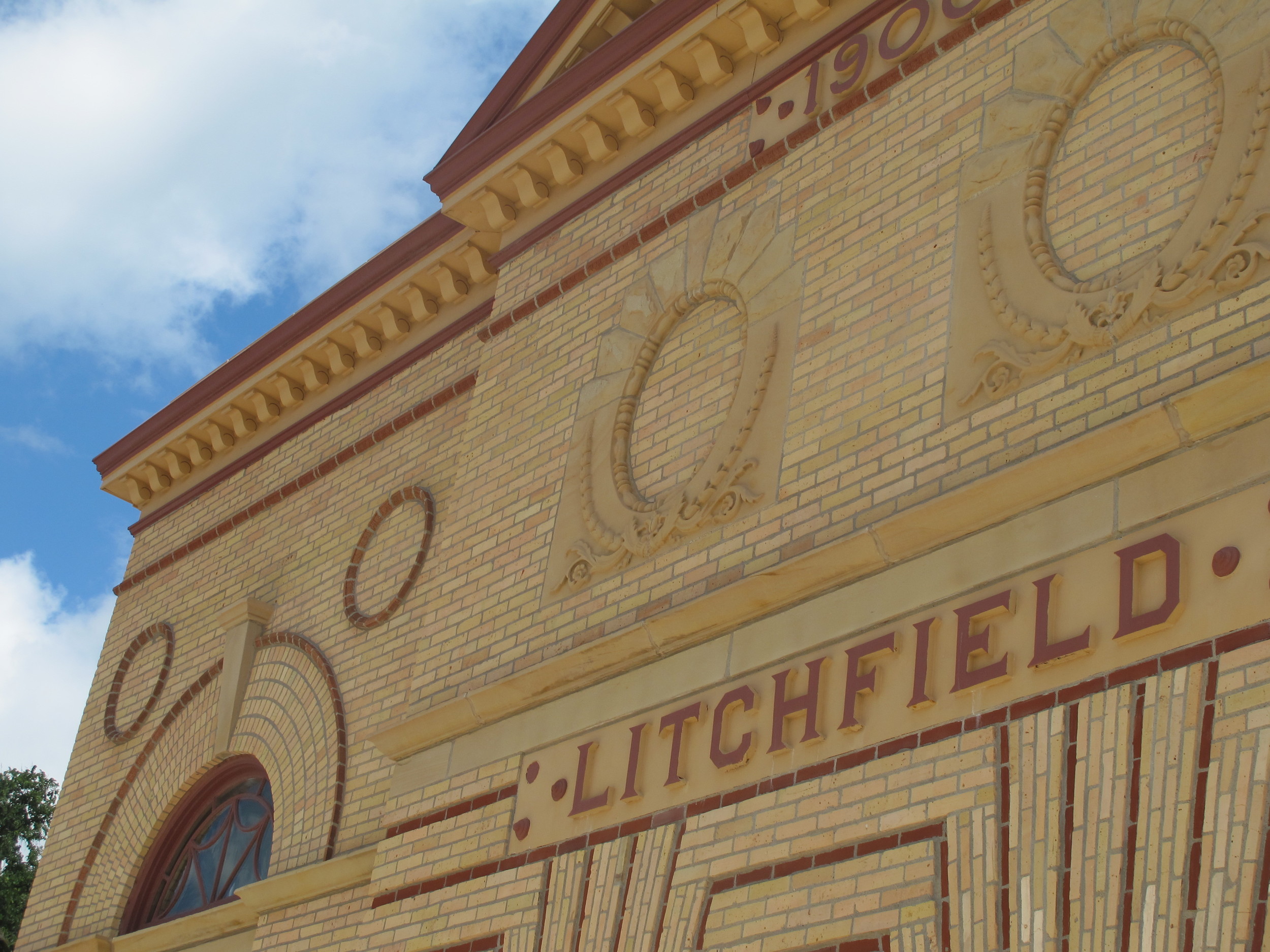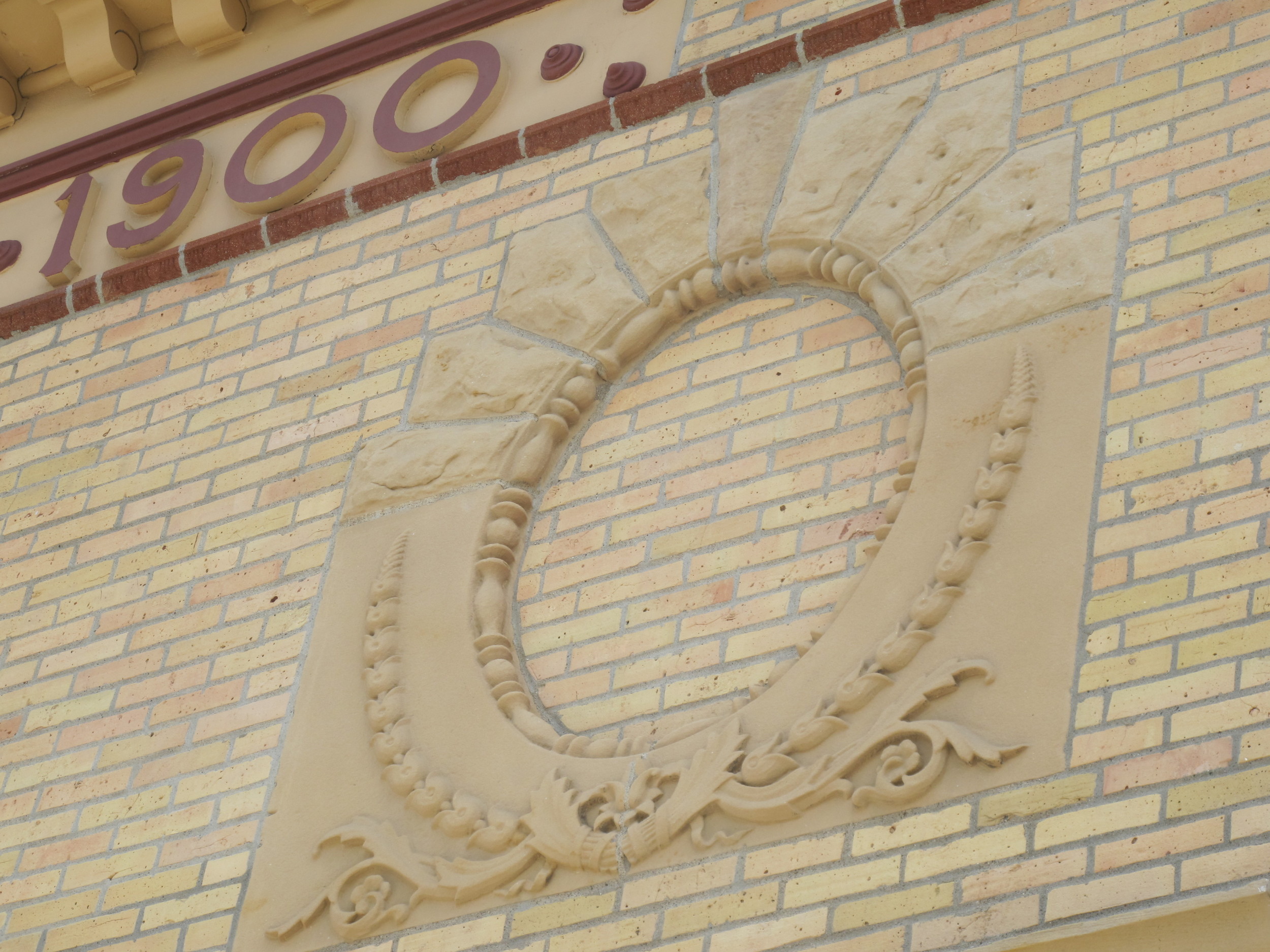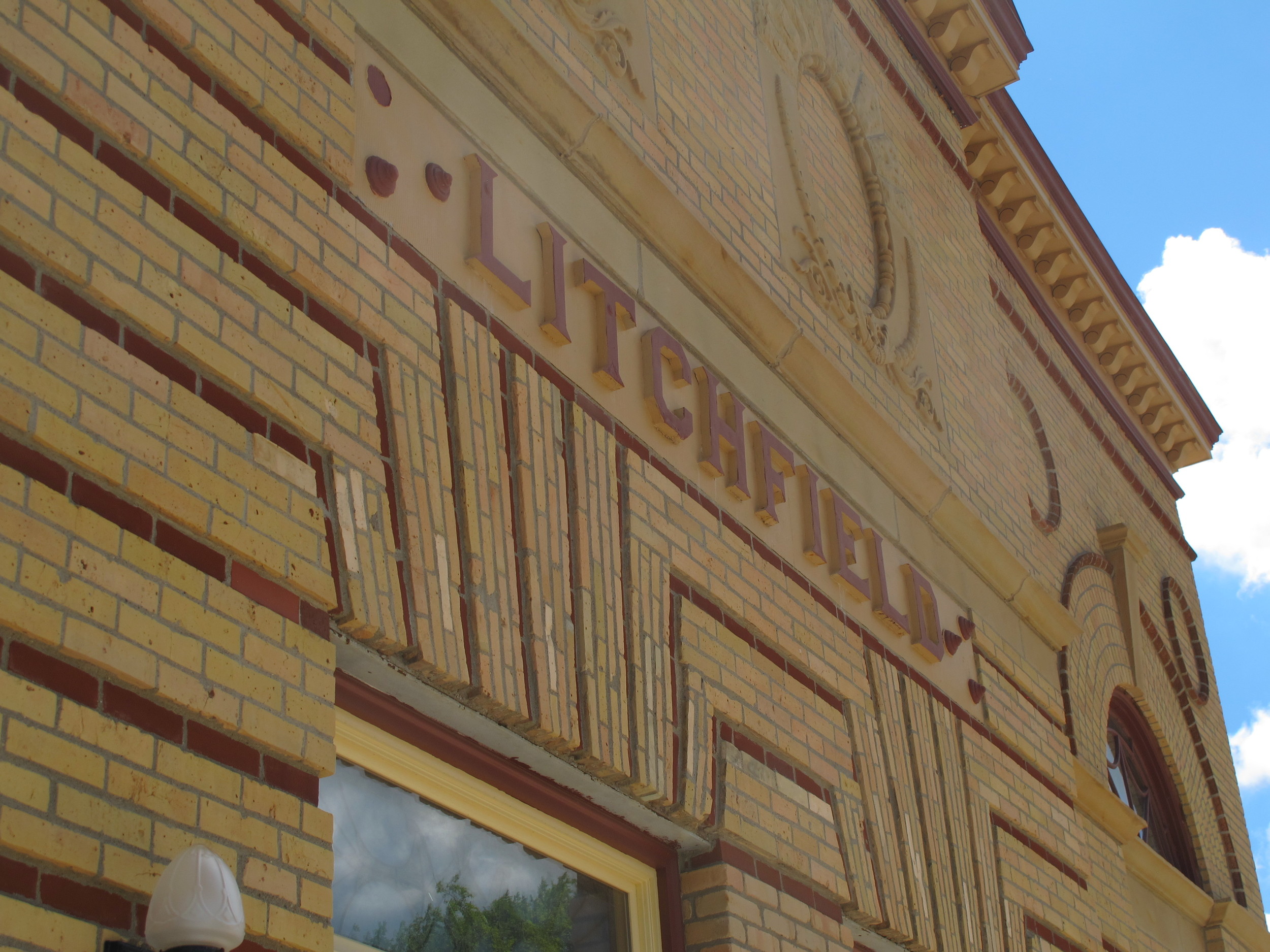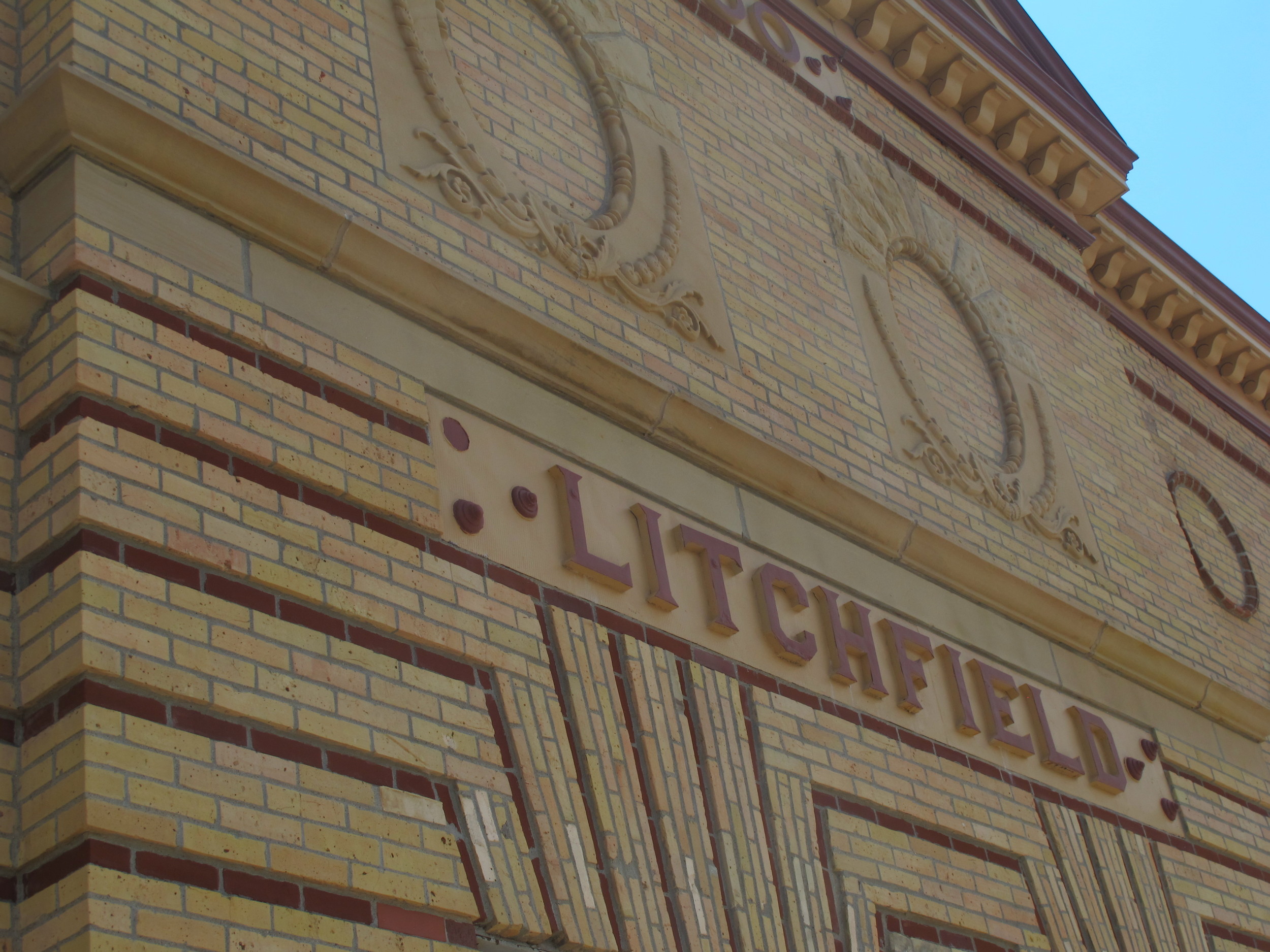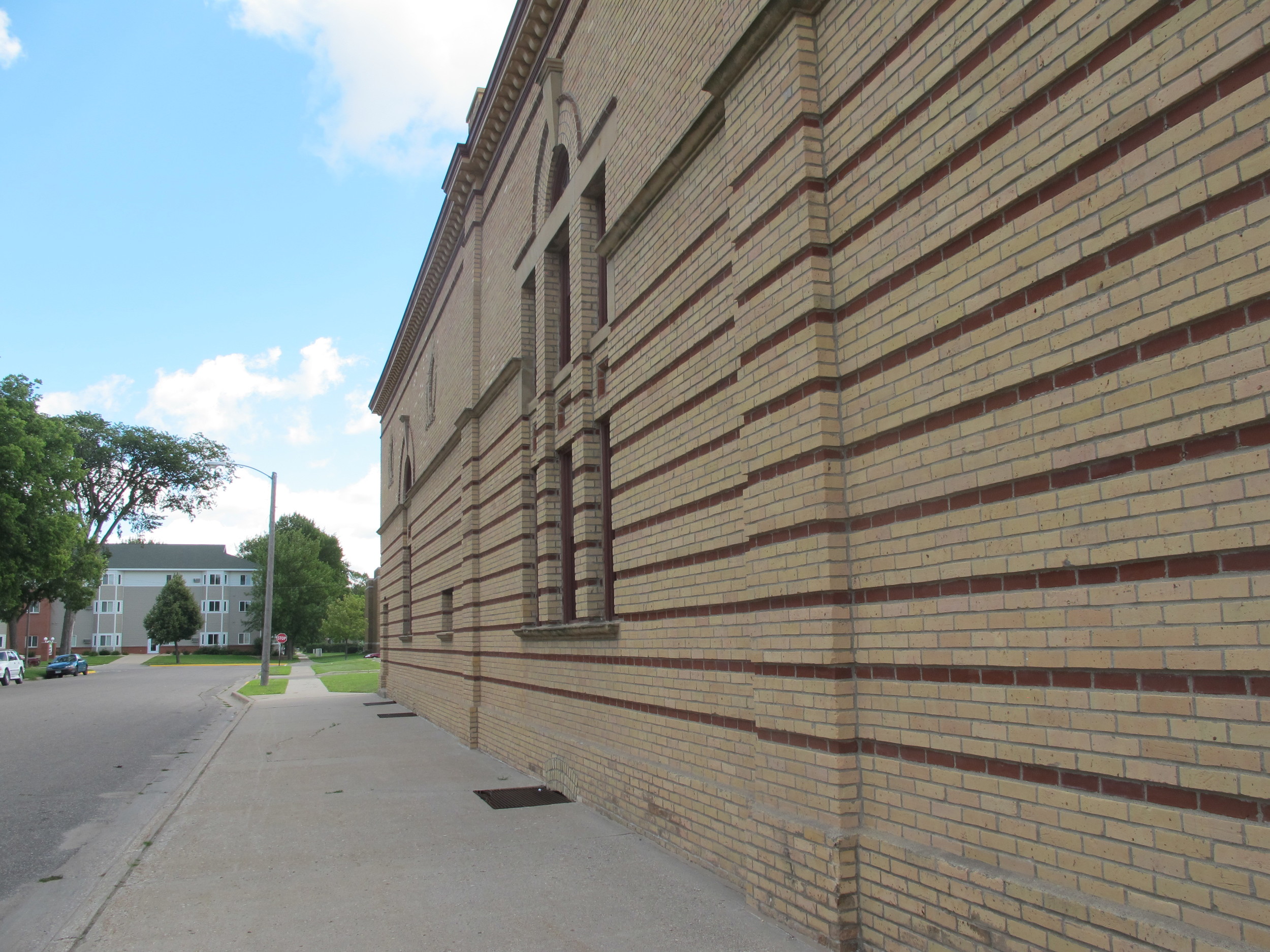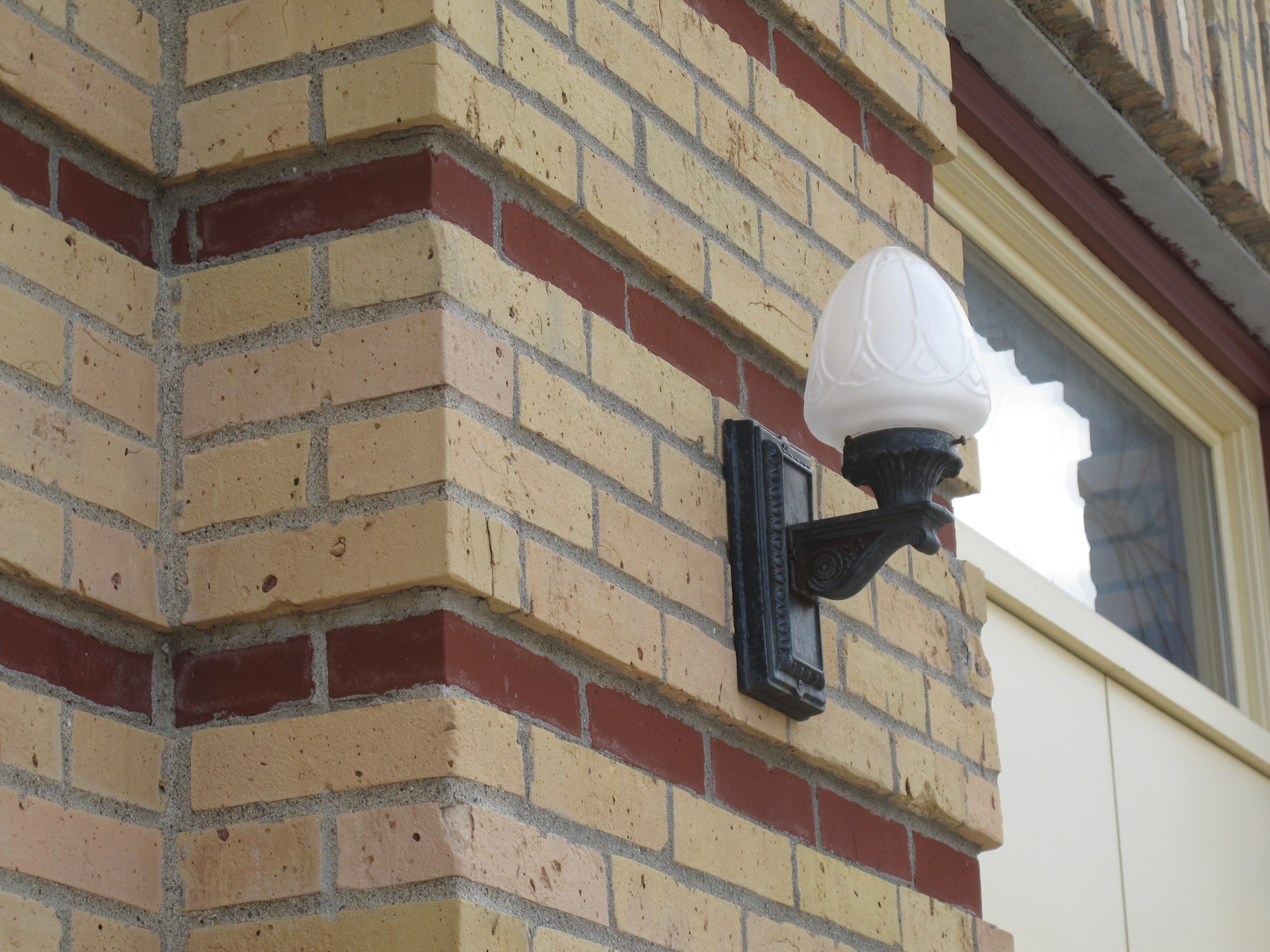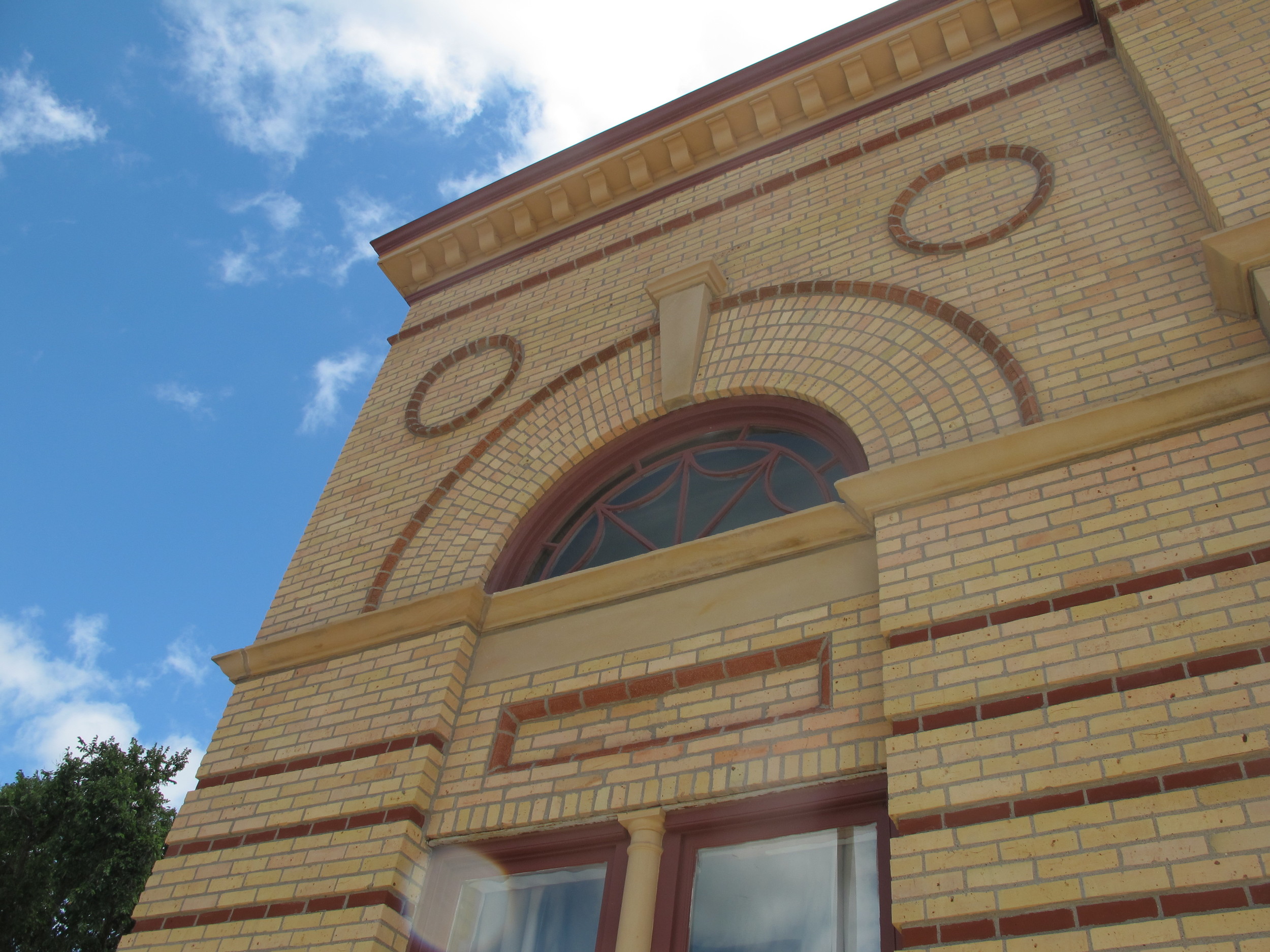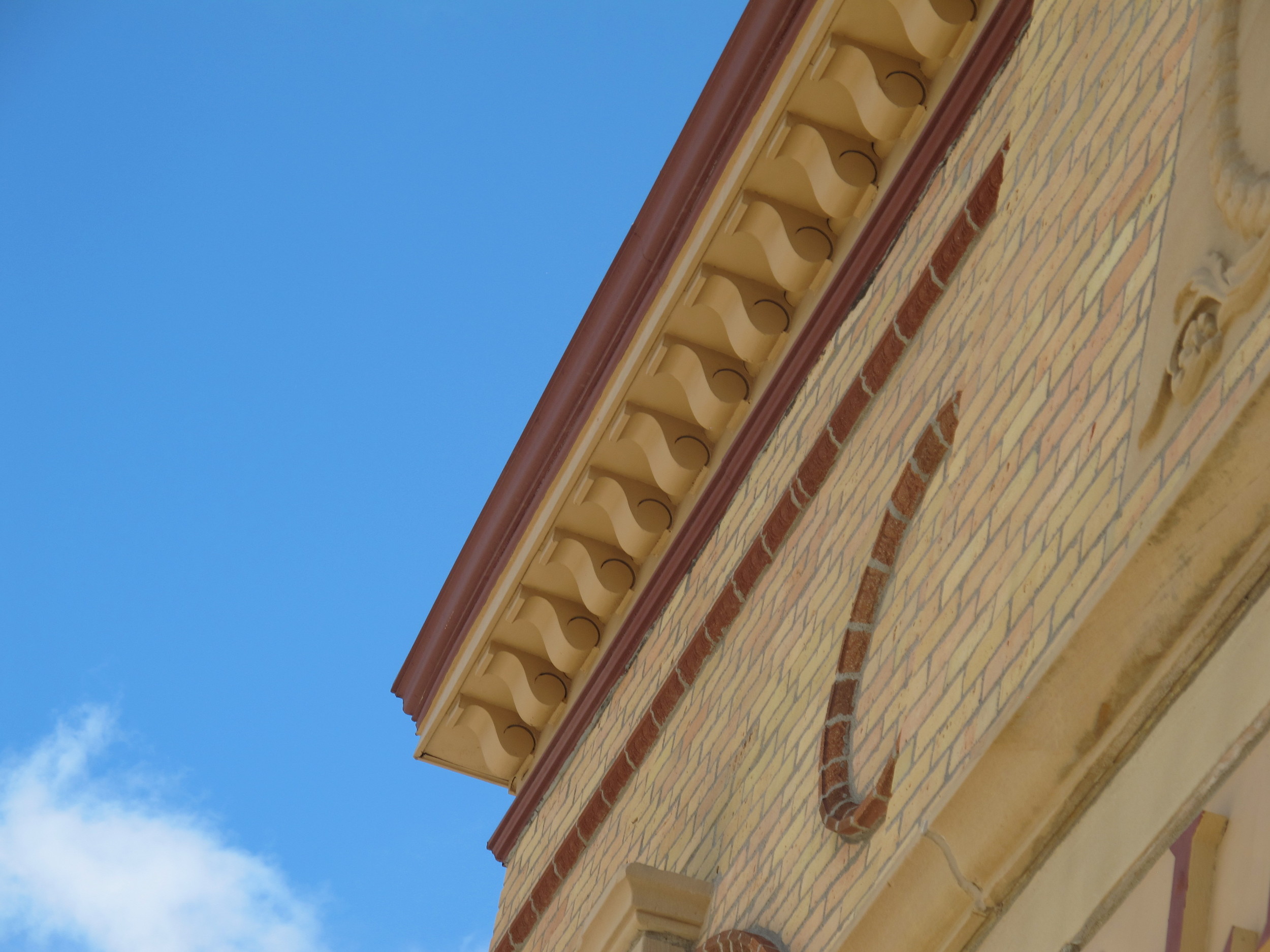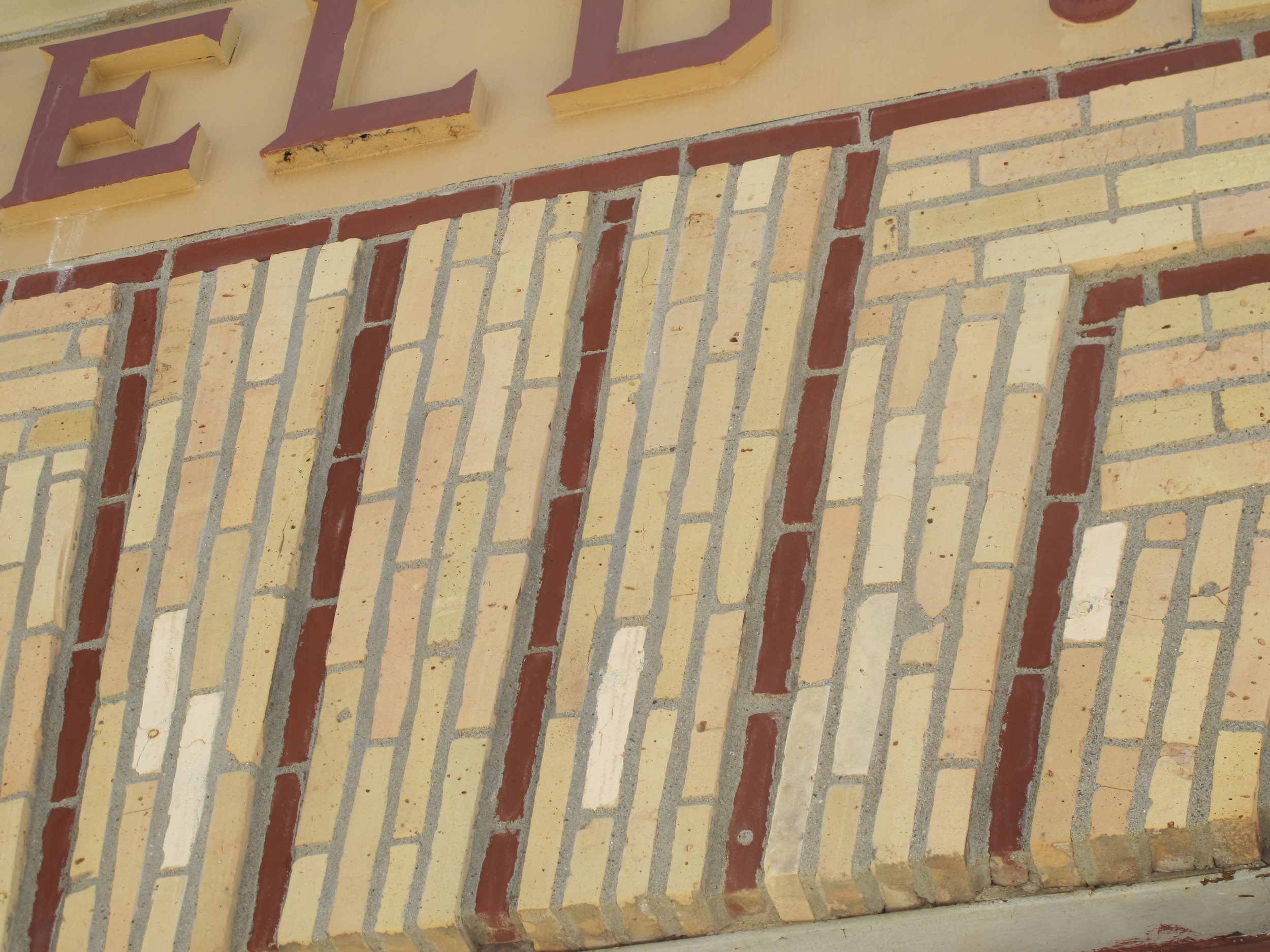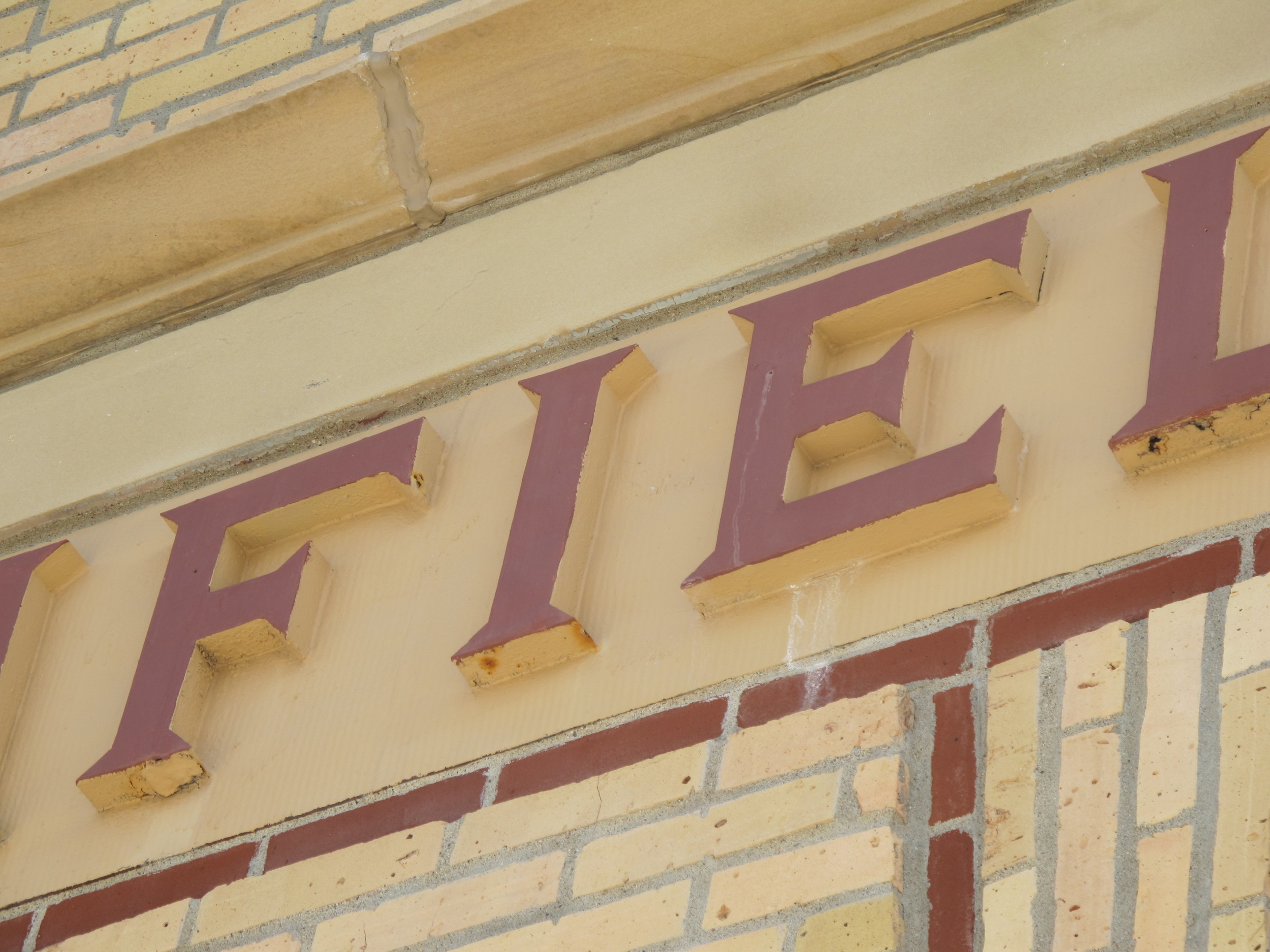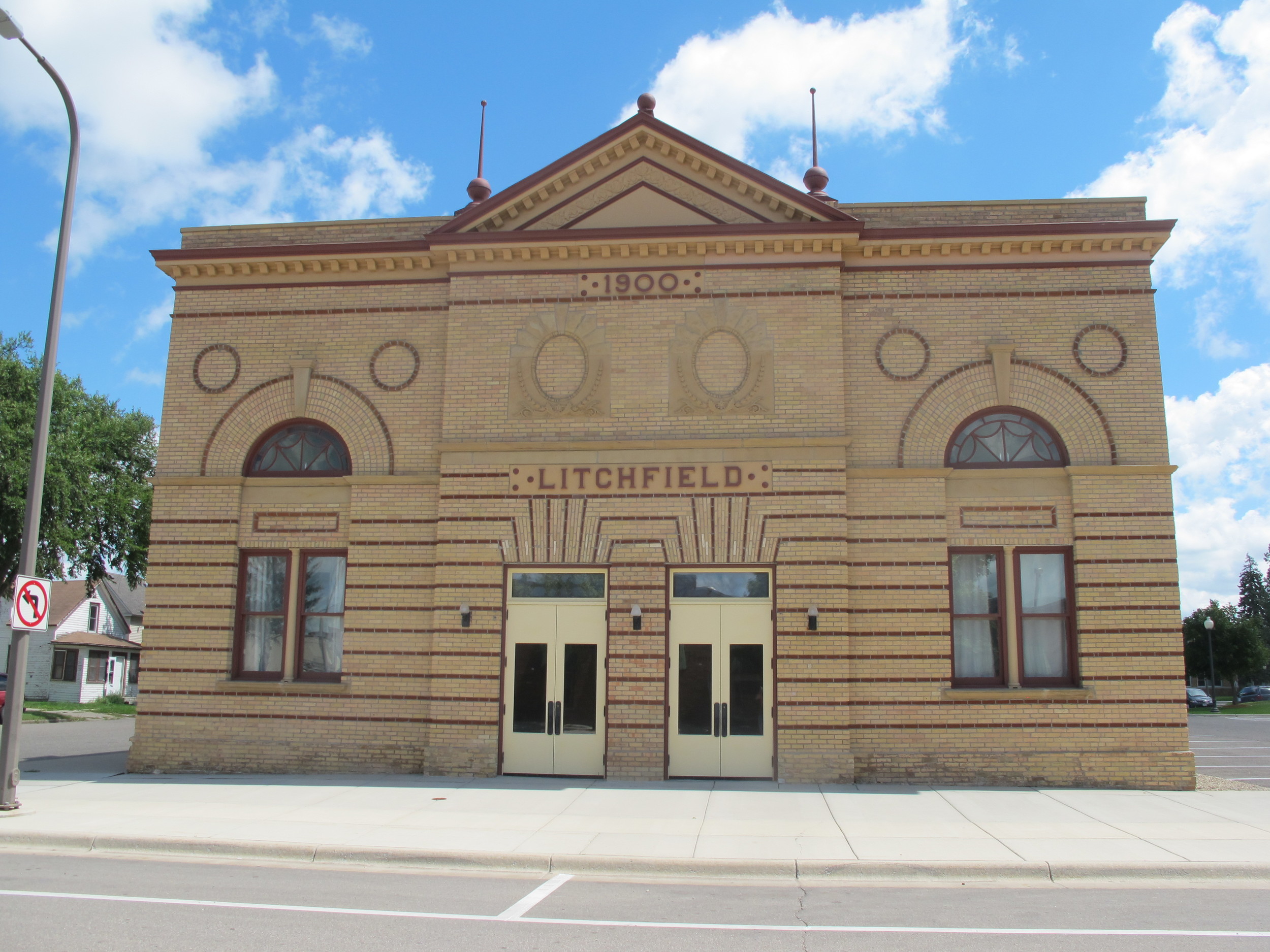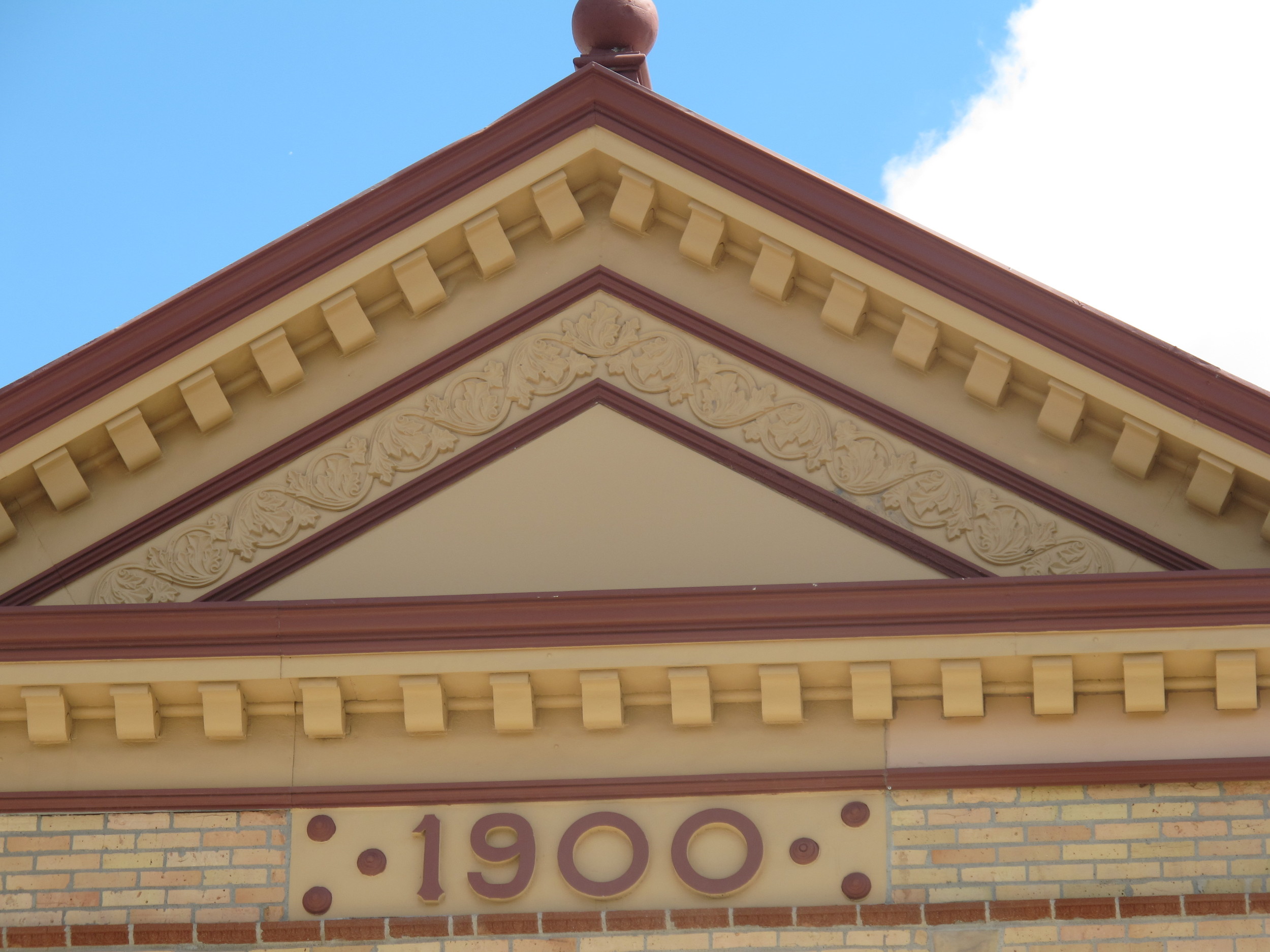History
At the turn of the 18th century, the old yellow bricks that make up the Litchfield Opera House – situated just one block off the main street of Litchfield, Minnesota – served as cornerstones of the small town’s cultural community. Entertainment acts came from all around. There was music, and theater, and dancing. But it was more than that. It was a town hall meeting place, and a political stump. It was a place for gatherings of all kind. Staging unique theater acts like “My Hawaiian Aloha,” and “Uncle Tom’s Cabin,” the grand stage exposed the rural farming community to new cultures and experiences long before the internet and television made such things possible. Built in 1900, the building is a darling of St. Paul architect William T. Towner, who designed it with a unique “Renaissance Revival” façade. Simply standing in front of the hulking structure of yellow bricks inlaid with red and terra cotta designs takes one back to an era of American history that has been long lost.
Today
The building was purchased by the Greater Litchfield Opera House Association Inc. (GLOHAI) on January 4, 2008 and now continues to serve the community of Litchfield, and the Greater Litchfield Area. GLOHAI is a non-profit 501(c)(3) and is run by a dedicated group of volunteers. If you would like to volunteer your time, money, knowledge, or any other specialties, please feel free to contact us.
In The News / Press Releases
Lights, Sound, Action
Lee Hollaar Installs Lights, Sound At The Opera House
GLOHI Press Release - May 22, 2012
The Minnesota Historical Society Awards the Greater Litchfield Opera House Association Inc. a Historical and Cultural Heritage Grant
Litchfield Independent Review - Thursday, January 26, 2012
Grant Will Help Opera House Restoration Continue
